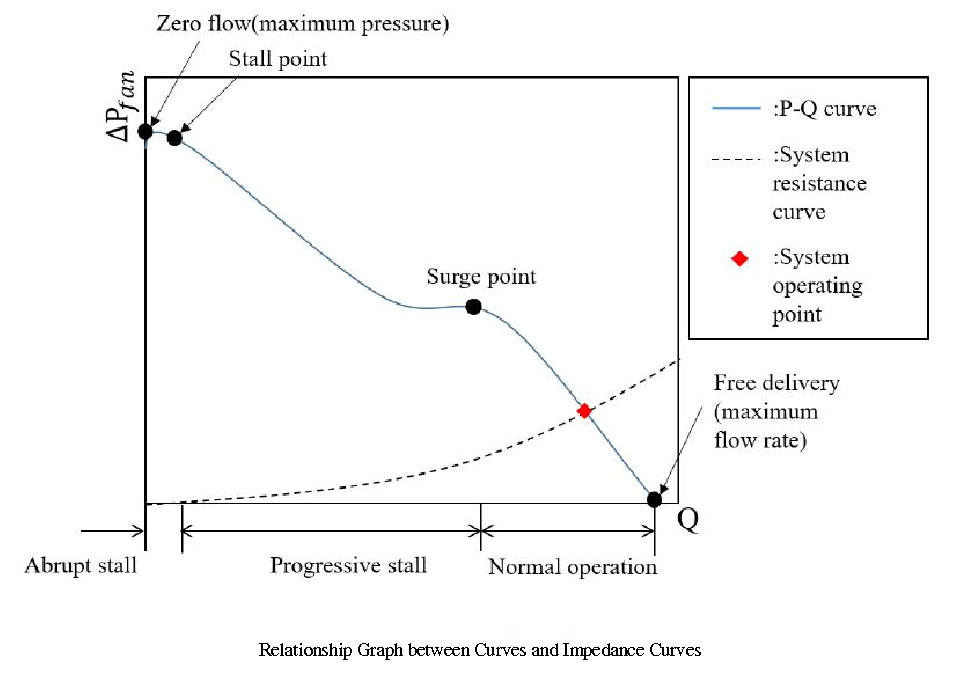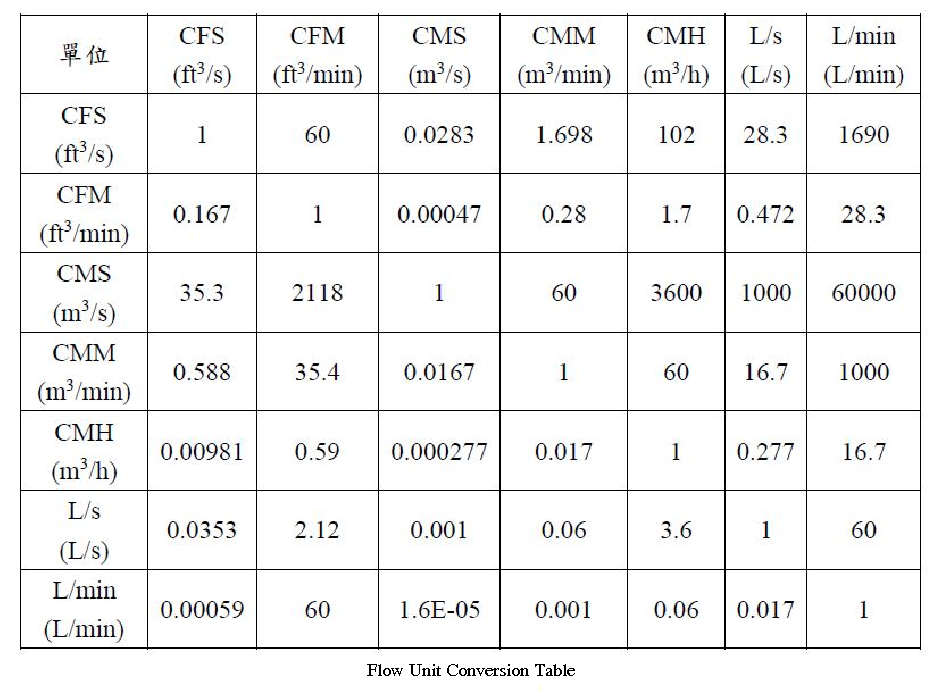In accordance with the European Union’s General Data Protection Regulation (GDPR), we are committed to safeguarding and ensuring your control over your personal data. By clicking “Accept All” you are permitting us to use cookies to enhance your browsing experience, assist us in analyzing website performance and usage, and deliver relevant marketing content. You can manage your cookie settings below. By clicking “Confirm” you are agreeing to the current settings.
Analysis of Cooling by the Fan: Convection Carries away the Heat Source
A fan is an aerodynamic machine that uses air to exert energy to increase the pressure and speed of the air. In a cooling system, a fan is used to accelerate the speed of the air to achieve a forced convection effect, carrying away more heat from the heat source. Fans can be broadly divided into axial fans and centrifugal fans by the direction of the axis of rotation and the direction of the air output, with the direction of the air output being parallel to the axis of rotation for axial fans and perpendicular for centrifugal fans.
The fan performance curve is the most important piece of information to know if a fan is suitable for use. This graph shows the relationship between airflow on the horizontal axis and pressure, power, speed and efficiency on the vertical axis using curved lines. In the diagram below, the horizontal axis refers to airflow Q and the vertical axis to pressure ΔP. The solid line is the performance curve of fan flow and pressure, while the dashed line is the impedance curve of the system, and the intersection of the two lines is termed the operating point.

The flow rate is the amount of fluid medium passing through the machine per unit time and can be expressed as volumetric or mass flow rate. Volume flow rates are given in m3/s, m3/h or L/s and mass flow rates are given in kg/s, kg/min or kg/h. According to the law of conservation of mass, if we ignore the leakage inside the machine, then the mass flow rate of each section through the machine is equal when the machine is working steadily; if in the case of non-compressible flow, the volume flow rate is also the same.
The volume flow rate in a fan is also known as airflow, and is often expressed in CFM (ft3/min). The following table shows the conversion of airflow units.

Fan efficiency is the efficiency of converting the input fan shaft power into fluid kinetic energy and can be divided into: full pressure efficiency, static pressure efficiency and hydraulic efficiency, respectively:
In terms of fan use, natural convection is sufficient for smaller heat sources of around 10W or less. As the wattage of the heat source increases, a fan is required to create forced convection to carry away more heat. The performance of a fan depends on the size of the space available and the effective design of the airflow to bring down the temperature.

Author
T-Global R&D team
Team introduction –
A team of professional heat flow engineers, with independent and innovative research and development, provides customers with preliminary thermal simulation planning and institutional heat dissipation design consulting. In the face of evolving market trends, they can quickly respond and continue to provide innovative anti-heat solutions.

